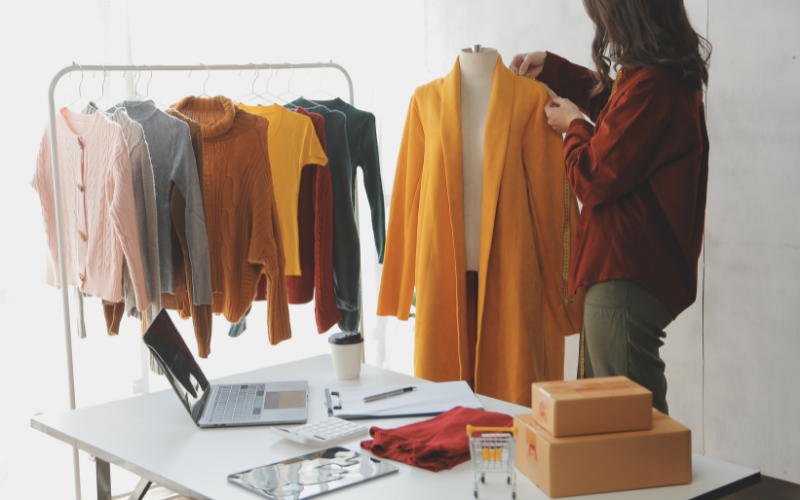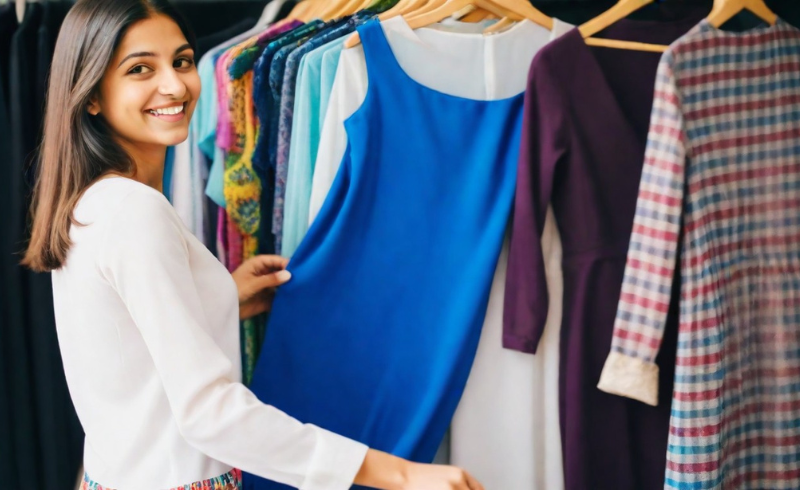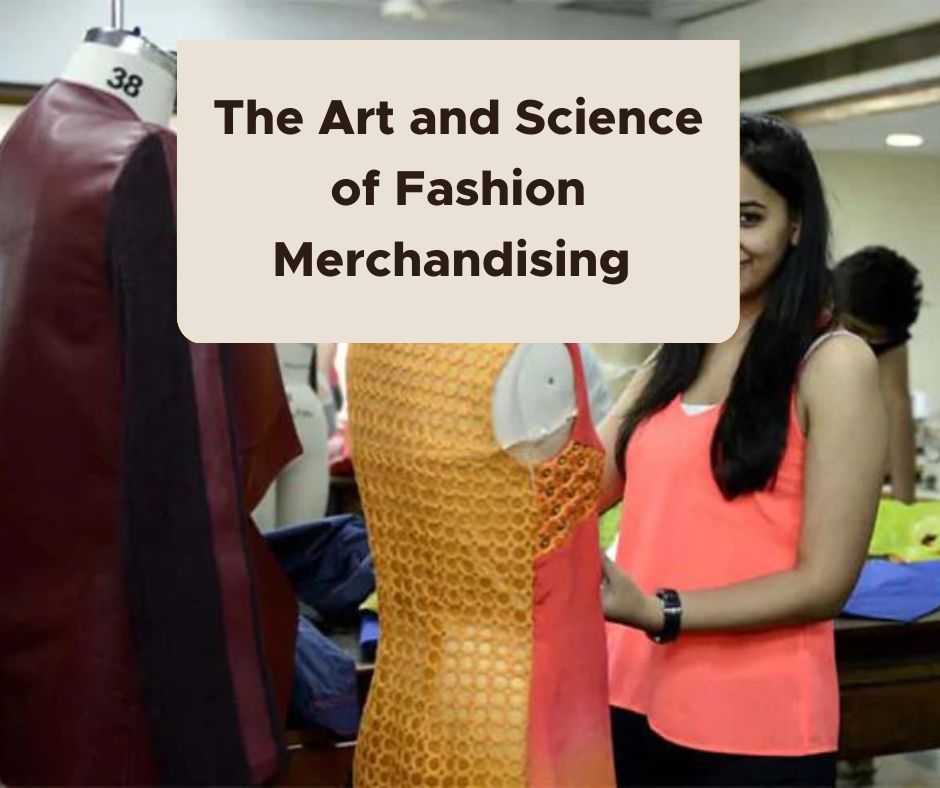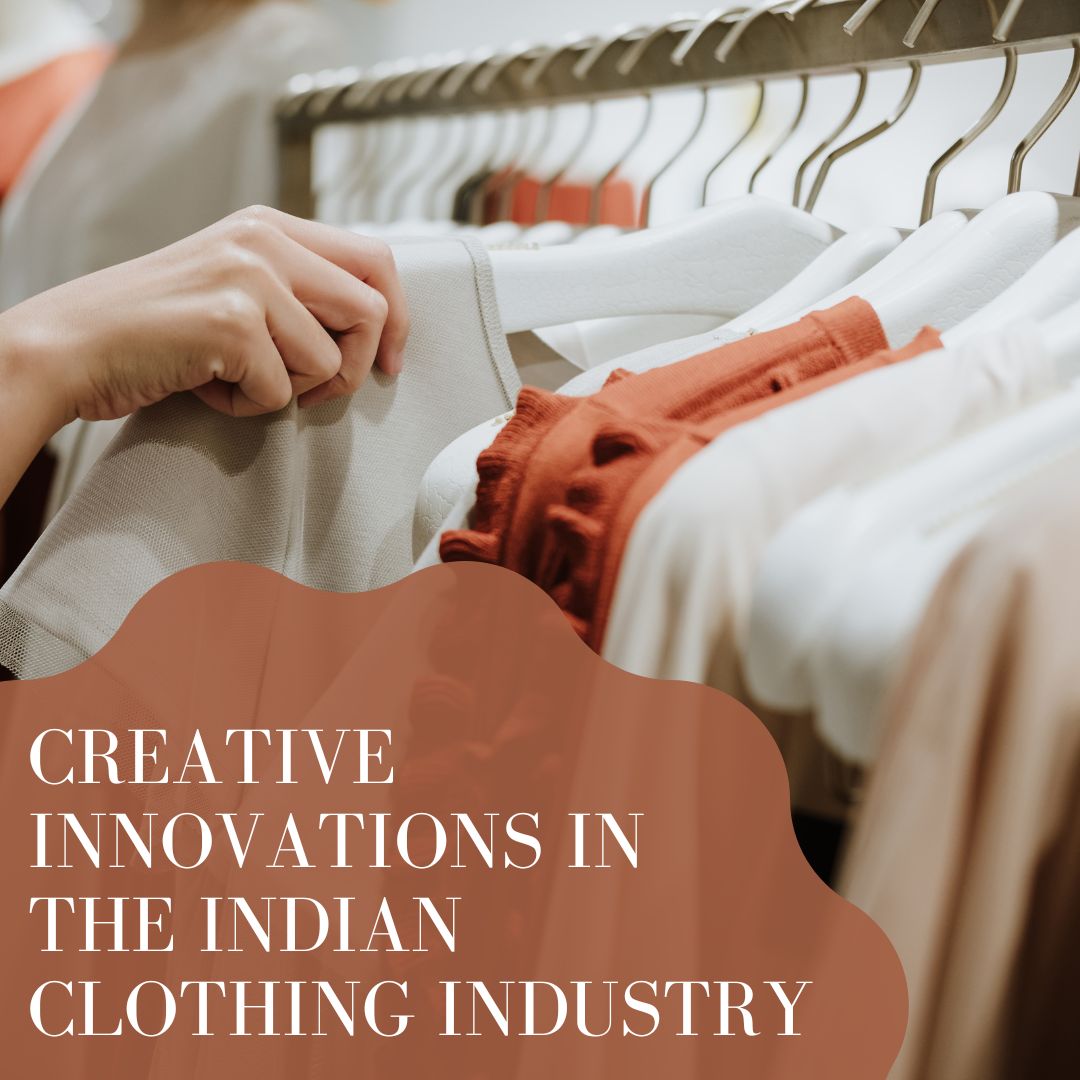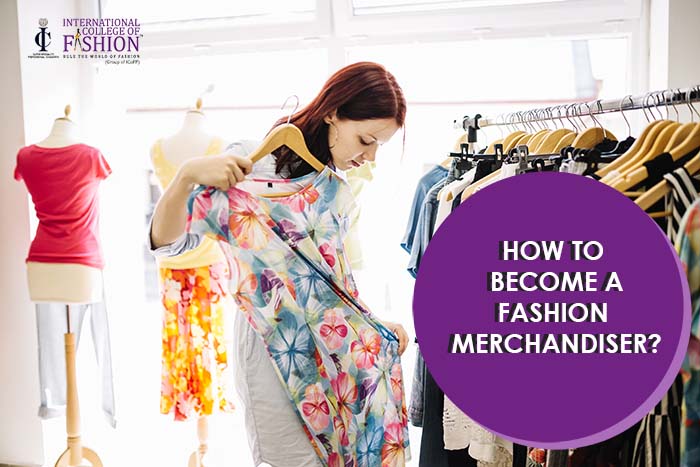Develop Professional Communication for Industry Interactions
Professional communication is the bedrock of success in fashion merchandising. To excel, you need to be clear, concise, and persuasive. Whether you’re drafting emails, making phone calls, or meeting with industry professionals, your aim should be to articulate your ideas effectively. Tailor your communication style to your audience, maintaining a professional tone while being approachable. Pay attention to body language, maintain eye contact, and listen actively during conversations. These small gestures foster trust and clarity, essential for productive interactions.
Practice Presenting Merchandising Ideas Effectively
A vital part of a merchandiser’s role is presenting ideas compellingly. When pitching your merchandising concept, it’s essential to blend data and creativity. Start by outlining the problem your idea solves, followed by the data that backs your solution. Use visual aids like charts and mood boards to make your presentation engaging and easy to follow. Practice delivering your pitch in various formats – in-person, virtual meetings, or through written reports. Feedback is your friend; seek it from peers and mentors to refine your approach continually. This is certainly the first lesson of any fashion merchandising course as it sets the base for learning and education.
Learn to Collaborate with Design Teams and Suppliers
Effective collaboration with design teams and suppliers is crucial for seamless operations. Begin by understanding their language and constraints. For design teams, this means having a grasp of their creative process and timelines. For suppliers, knowing their logistical challenges and lead times is key. Clear and consistent communication ensures everyone is on the same page. Foster a culture of open feedback and mutual respect. Tools like project management software that can streamline communication are usually taught as a part of your fashion merchandising course as it allows ease to track progress and address issues promptly.
Mastering essential communication skills will significantly enhance your ability to work within the fashion merchandising industry. These skills will be the foundation of your success, leading to more effective interactions and team collaborations.
Enhance Your Creative Problem-Solving
Apply Creative Thinking to Merchandising Challenges
Creative thinking is essential in fashion merchandising as it allows you to adapt to ever-changing consumer trends and market demands. Begin by understanding your target audience and what drives their purchasing behavior. Engage in brainstorming sessions to generate fresh ideas, and don’t be afraid to think outside the box. Techniques such as mind mapping can be useful in visualizing different approaches to merchandising challenges.
Develop Innovative Solutions for Retail Planning
Innovation in retail planning involves blending creativity with practicality. Consider using trend analysis and historical data to forecast future demands. Experiment with new store layouts or online presentation formats to enhance customer experience. Think about how new technologies, like virtual reality or artificial intelligence, can be integrated into your retail strategies to make them more dynamic and interactive.
Balance Creativity with Commercial Viability
While creativity is critical, it must be balanced with commercial viability. Ensure that your innovative ideas can generate revenue and align with your brand’s identity. Conduct cost-benefit analyses to determine the financial feasibility of your plans. Fashion merchandising course teaches you to collaborate closely with financial analysts and other stakeholders to make sure your creative efforts are sustainable and profitable.
Enhancing your creative problem-solving skills in fashion merchandising will help you develop unique solutions that stand out in a competitive market. By applying creative thinking, developing innovative solutions, and balancing creativity with commercial viability, you are well on your way to becoming a successful fashion merchandiser.
Excel in Technical Tools and Analysis
Master Excel for Merchandise Planning and Analysis
Excel is an indispensable tool for anyone in fashion merchandising. It helps streamline processes, analyze data, and make informed decisions. Mastering Excel can transform the way you manage merchandise planning and analysis. Start with the basics: get comfortable with formulas, sorting, filtering, and using pivot tables. These functionalities will allow you to handle substantial datasets efficiently and derive meaningful insights.
Learn to Create and Interpret Sales Reports
Creating and interpreting sales reports is crucial for understanding the performance of your merchandise. In Excel, you can design custom sales reports that reflect your metrics and goals. These reports can include key performance indicators (KPIs) such as sales volume, average transaction value, and inventory turnover. Interpreting these reports involves analyzing trends, spotting patterns, and identifying areas for improvement. This process enables you to make data-driven recommendations, which can lead to a more profitable merchandise strategy. An ideal fashion merchandising course prepares you to read reports and provides thorough training about the same.
Understand Data-Driven Decision Making
The era of gut-feeling decisions is over. In today’s data-rich environment, effective decision-making relies heavily on data analysis. Data-driven decision-making involves gathering relevant data, analyzing it to uncover actionable insights, and applying those insights to strategic decisions. For example, by analyzing past sales data, you can forecast future demands, optimize inventory levels, and align your merchandising strategies with market trends. This method reduces risks and increases the accuracy of your decisions.
By mastering these technical tools and analysis practices, you will be well-equipped to handle the quantitative aspects of fashion merchandising. Embracing these skills not only boosts your efficiency but also enhances your ability to make impactful decisions that drive success.
With a solid foundation in technical tools and analysis, let’s explore the next essential skill set that will help you excel in the fashion merchandising field.
Develop Critical Thinking Abilities
Analyze Market Trends and Consumer Behavior
To thrive in fashion merchandising, you must hone your ability to understand and analyze market trends and consumer behavior. This involves keeping your finger on the pulse of current fashion movements, seasonal demands, and evolving customer preferences. Pay close attention to fashion shows, industry publications, and trend forecasting reports. Additionally, leverage social media platforms and influencers to gauge real-time consumer interests.
Angle your analysis from multiple perspectives to get a well-rounded understanding. Examine historical sales data to detect patterns and predict future trends. Conduct surveys and focus groups to glean direct feedback from your target audience. By synthesizing these data points, you can make informed decisions that resonate with your customers’ desires and increase your chances of success in the market.
Make Informed Decisions About Product Selection
Choosing the right products for your store or brand is a critical aspect of fashion merchandising. Use the insights gained from market and consumer analyses to guide your product selection. Look for gaps in the market that you can fill with unique, in-demand items. Balance fresh, innovative pieces with staple items that have consistently performed well.
Consider the commercial viability of your selections. Calculate the cost of goods, potential markup, and sales projections to ensure profitability. Don’t forget to factor in trends you’ve identified and align your inventory with those insights. This approach helps you curate a collection that appeals to your target market while also driving sales and maximizing revenue.
Evaluate Competition and Market Positioning
Regularly evaluating your competition is essential for staying ahead in the fashion industry. Analyze your competitors’ product offerings, pricing strategies, marketing campaigns, and customer engagement tactics. Identify their strengths and weaknesses and look for opportunities to differentiate your brand.
Position your brand in a unique market niche that highlights your competitive advantage. Develop a distinct brand voice and visual identity that sets you apart. Adapt your strategies based on insights from your competition, but always stay true to your brand’s core values and vision. By effectively positioning yourself in the market, you can attract a loyal customer base and boost your brand’s presence.
By developing your critical thinking abilities, you can navigate the complexities of fashion merchandising with confidence and foresight.
Maximize Learning Resources
Utilize ICF’s Resources and Tools
The International Fashion Center (ICF) offers a wealth of resources and tools designed to support your learning experience and enhance your skills through fashion merchandising course. From comprehensive databases to interactive learning modules, these resources can be invaluable in deepening your understanding and broadening your knowledge base.
Start by exploring ICF’s online library, which includes current industry reports, market analyses, and case studies. These materials can provide insights into the latest trends and market dynamics, helping you stay informed and ahead of the competition. Additionally, take advantage of multimedia resources such as webinars, video tutorials, and virtual workshops that offer practical knowledge and expert insights.
Participate in Practical Assignments and Projects
To translate theoretical knowledge into practical skills, actively participate in assignments and projects provided by ICF. These tasks are designed to mimic real-world challenges and help you apply what you’ve learned in a controlled environment. They offer opportunities to experiment with different approaches and receive feedback that can refine your techniques.
Engagement in practical assignments also allows you to develop problem-solving skills and innovative thinking. You can work on live projects that require strategic planning, market analysis, and creative design, thereby gaining hands-on experience that is crucial for career readiness.
Collaborating on group projects can further enhance your learning experience by exposing you to diverse perspectives and ideas. This teamwork simulates industry collaboration, teaching you how to effectively communicate and work with others to achieve common goals.
Seek Guidance from Industry Experienced Faculty
One of the most significant benefits of studying at ICF is access to faculty with extensive industry experience. These professionals bring real-world insights and practical knowledge that can enrich your learning experience. Do not hesitate to seek their guidance and mentorship, as their expertise can provide valuable direction and support for your career aspirations.
Schedule regular meetings with your instructors to discuss your progress, challenges, and ideas. Their feedback can help you identify areas for improvement and steer your projects in the right direction. Additionally, their industry connections can offer networking opportunities and potential career paths that you may not have considered.
By utilizing the available resources, engaging in practical assignments, and seeking faculty guidance, you can maximize your learning experience at ICF and prepare yourself for a successful career in fashion merchandising.

